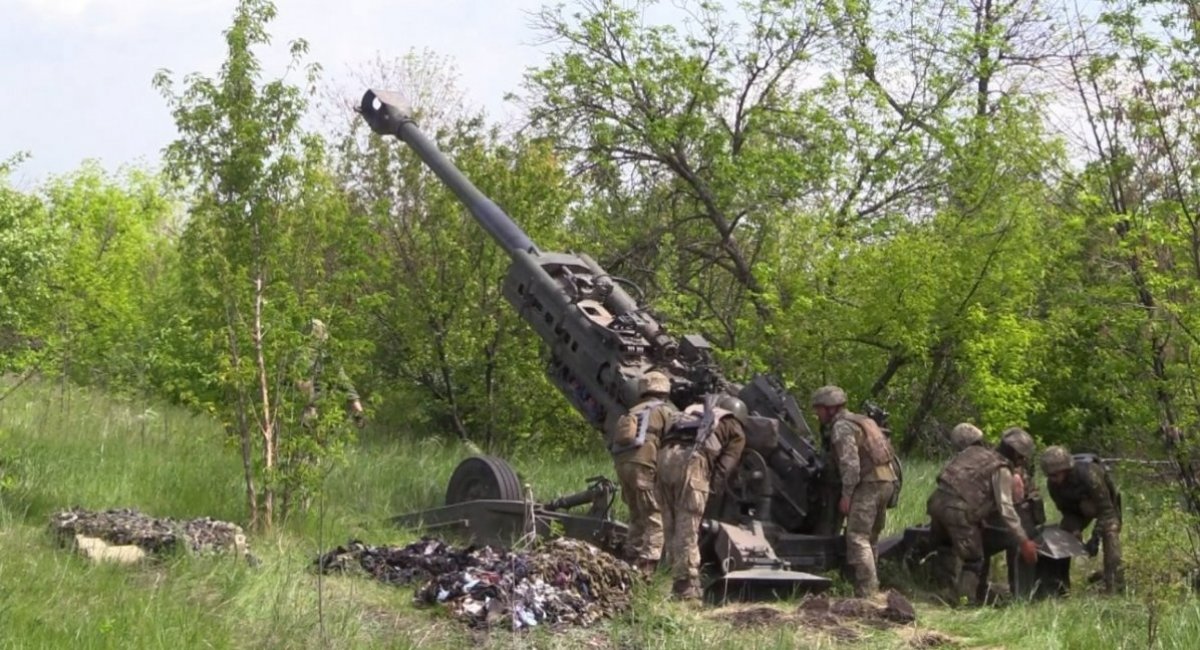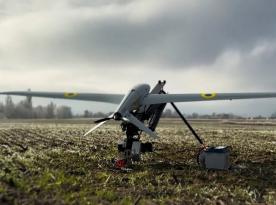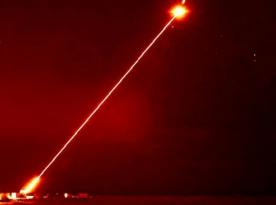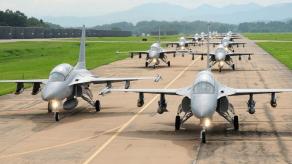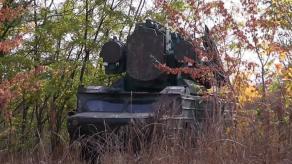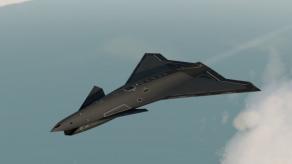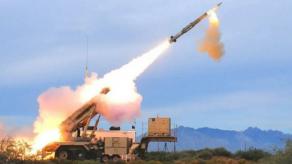British defense company BAE Systems has opened a factory specializing in artillery barrels production, marking the first enterprise to operate in this niche. The revival of the industry comes after a multi-year drought one step away from losing the capability now considered "critical," according to the company's opening ceremony report.
The first facility to return into the business, it will focus on making barrels for the M777 howitzer (155mm). The industrial site is situated in Sheffield, it spans about 94,000 square feet (8,733 sq. meters) and cost £25 million to build. It's expected to reach full capacity by the end of 2025.
Read more: France Revealed CAESAR Losses in Ukraine and Its Performance Compared to PzH2000 and Archer
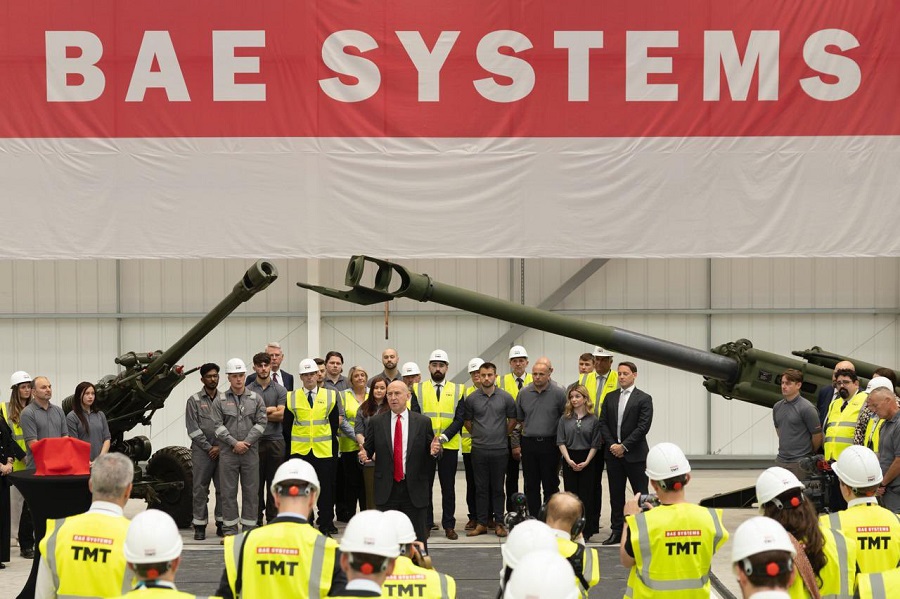
BAE says the factory will also produce other weapons and military systems in the future. Near-term plans include creating 200 jobs and forge ties with 60 contractors from across the UK.
In the broader context of the United Kingdom's capabilities, this is but a small step towards regaining competencies lost over years of negligence in the defense sector. While the mistake of letting the barrel production shut down was officially recognized only in 2023, in fact, the effects of deindustrialization have been piling up for years, if not decades.
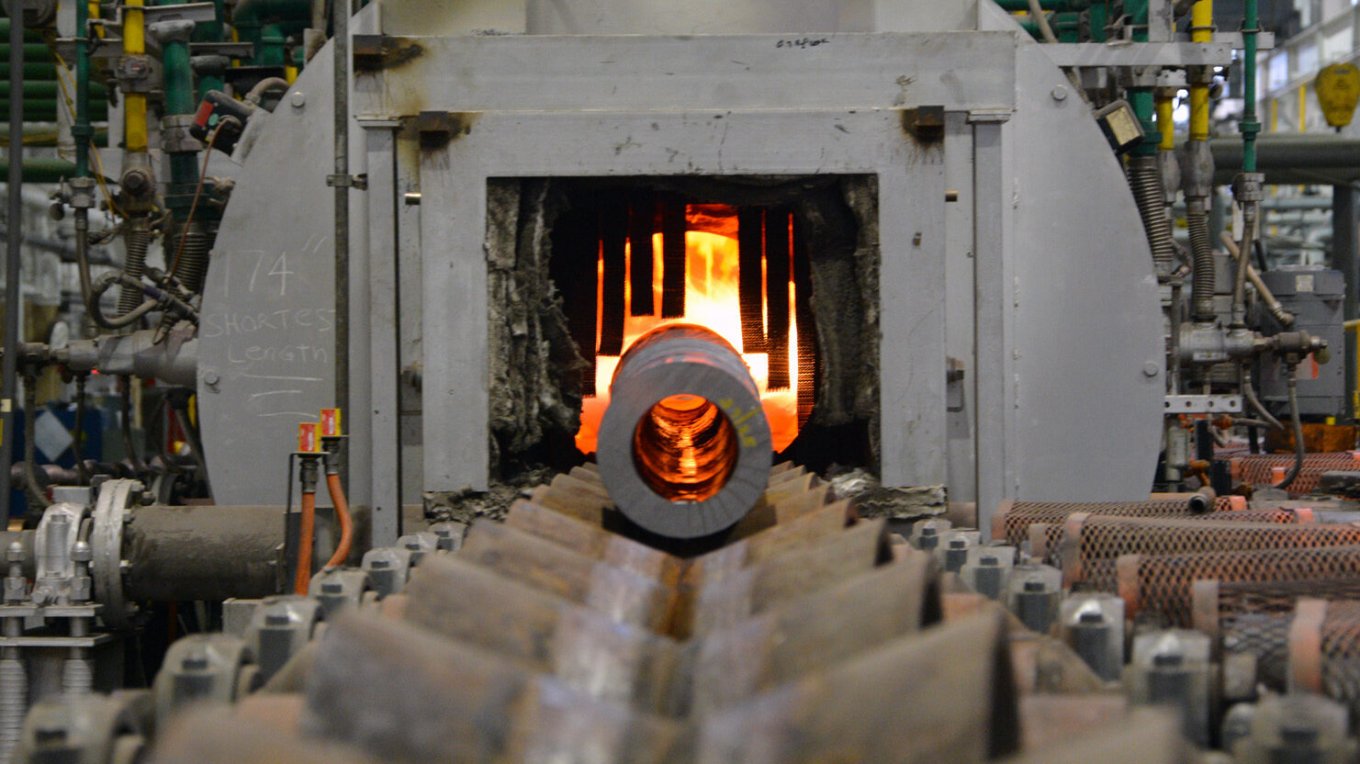
The tangible results will likely manifest in zones of ongoing conflicts, particularly in Ukraine where M777 guns are used by Ukrainian forces to ward off the russian invasion. With the daily rate of artillery fire measured in dozens of thousands, barrels have essentially become consumables. Given the plans earlier announced by the UK government to donate 150 fresh barrels to Ukrainian Armed Forces, BAE Systems becomes the prime (and only so far) candidate to implement the order.
It's worth adding, BAE is also currently working on several other defence projects, including a £300m transformation of shipbuilding in Glasgow, a £200m munitions plant expansion, and a £220m advanced technology plant in Rochester.
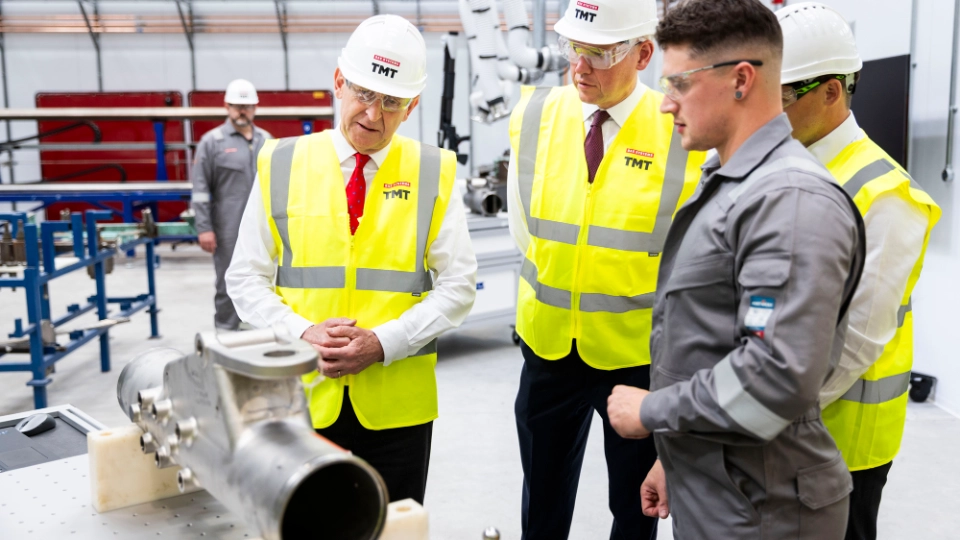
Read more: Artillery Barrel Production in russia: Structure, Importance, and Weak Points



